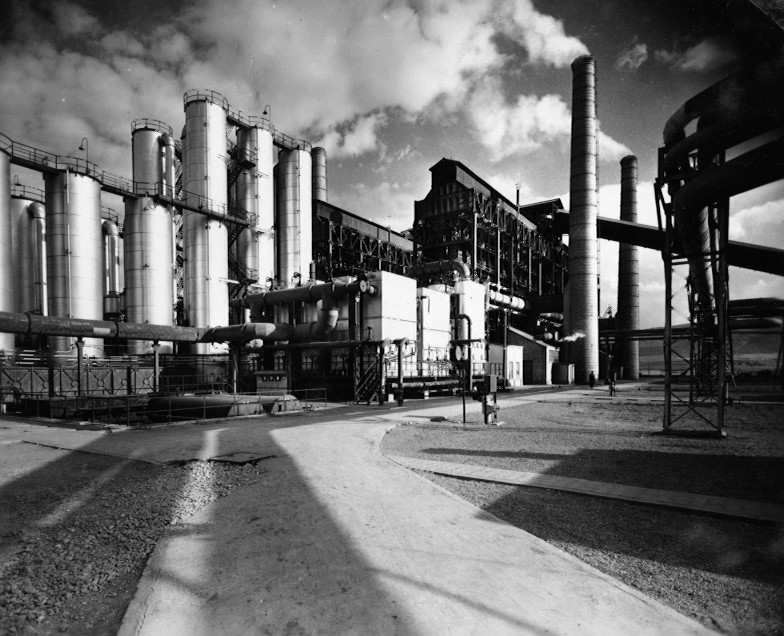
Project Completed
Reference: HAR2011-26739
2012-2014Cultural landscapes of energy
Competitive public call research project
Plan Nacional de I+D+i 2008-2011. Proyecto de Investigación Fundamental No Orientada
Competitive public call research project